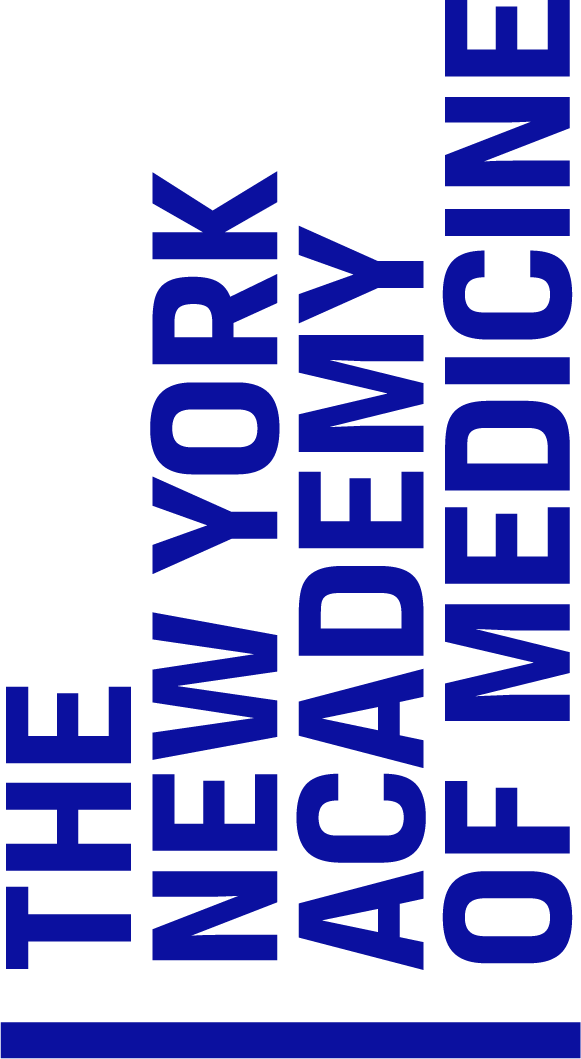Items
Warning message
You must authorize Drupal to use your Google Analytics account before you can view reports.(1 - 2 of 2)
- Title
- De symmetria partium in rectis formis humanorum
- Description
- Albrecht Dürer, printmaker and painter of the German Renaissance, was equally famous during his lifetime for contributions to the study of mathematics and proportion. In this text, Dürer treats the arithmetic and geometrical constructions of bodies, largely at rest. Numerous woodcuts represent bodies male and female in various sizes and ages, and register their measurements. The ideas expressed in the De symmetria and the two complimentary volumes that followed, also on human proportion, were widely influential on artists and anatomists for centuries to come. This 1532 text in Latin contains the first two books of the results of this research, first published in German in 1528 as Vier Bücher von menschlicher Proportion (Four Books on Human Proportion.) Dürer died shortly after receiving the first proofs of the German edition; the remaining publication details were completed by his friends. Our copy is bound in stamped pigskin, with a front panel illustrating Jacob’s ladder and a back panel depicting the baptism of Christ. The woodcut monogram Dürer developed in 1497 to protect his work from piracy is visible on the title page.
- Subjects (LC)
- Anatomy, Artistic, Anthropometry, Early works to 1800, Human figure in art, Medical illustration, Medicine, Proportion (Anthropometry), Proportion (Art), Wood-engraving—16th century
- Title
- Publisher’s Prospectus & Order Form, Icones Anatomicae
- Description
- Andreas Vesalius’s De humani corporis Fabrica of 1543 is probably the most beautiful anatomical atlas produced in the 16th century, and Vesalius spared no expense in hiring extraordinary craftsmen to create the woodblocks. In 1932, Samuel Lambert began raising money for the publication of the Icones Anatomicae, an edition of all of the images from the two editions of the Fabrica (1543 and 1555) and some of Vesalius’s other publications. A search at the University of Munich turned up a box containing 227 of the blocks used in the production of the Fabrica and its companion publication from 1543, the Epitome. The University of Munich agreed to co-publish the volume with Academy. No expense was spared in the creation of the book; fine handmade paper with a special watermark was created especially for the volume, and photographic reproductions of the missing blocks were made and subtly marked in the descriptive tables. Four hundred copies were printed and sent to Academy. The title pages of both the 1543 and the 1555 editions of the Fabrica are included in the Tabulae, along with a number of the skeletons, muscle men and flayed men that are some of the Fabrica’s most iconic images.
- Subjects (LC)
- Anatomy, Anatomy, Artistic, Anthropometry, Early works to 1800, Human figure in art, Medical illustration, Medicine, Muscles, Musculoskeletal system, Proportion (Anthropometry), Proportion (Art), Wood-engraving


